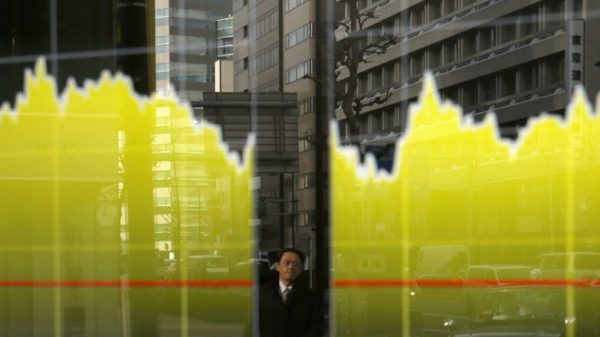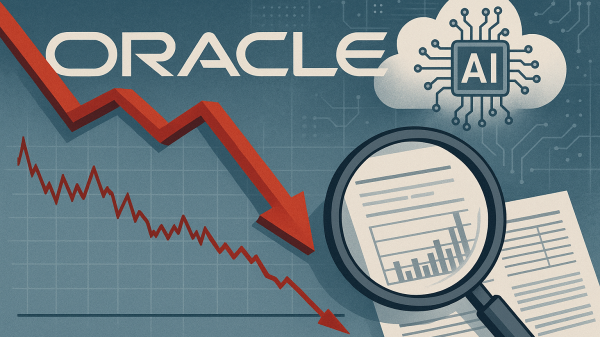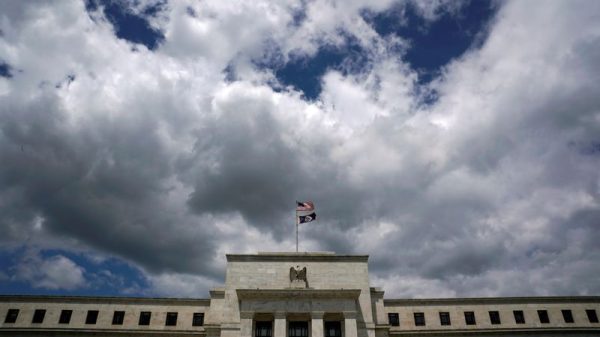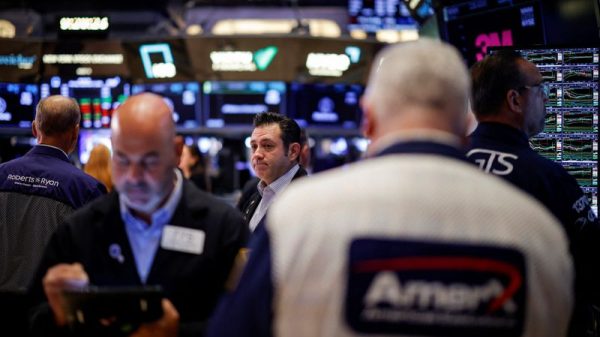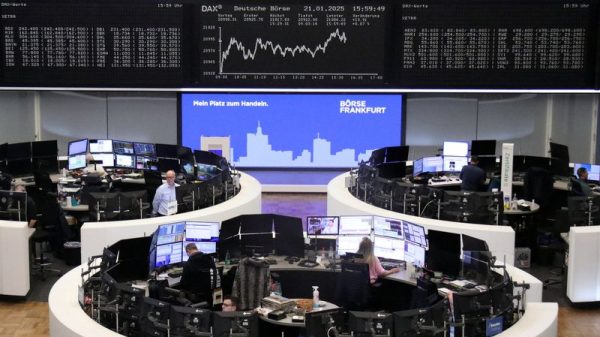Dalal Street witnessed a dramatic bloodbath on Monday as the BSE Sensex and Nifty 50 crashed by approximately 5% each, plunging to 9-month lows.
The sharp decline reflects mounting global pressure, with the Volatility Index surging over 50%, signaling heightened fear among investors.
All sectoral indices turned red, while small-cap and mid-cap stocks suffered even steeper losses, with small caps dropping 7%.
Tech and metal stocks bore the brunt of the selling, with the Nifty IT Index sliding 6% and the Nifty Metal Index falling 7%.
The market turmoil follows Friday’s massive sell-off on Wall Street, which has set the tone for a challenging week across Asian markets.
Global trade tensions escalate with China’s retaliatory tariffs
The chaos in Indian markets is part of a broader global sell-off triggered by US President Donald Trump’s aggressive tariff policies, dubbed “Liberation Day” in a recent announcement.
Trump claimed these tariffs provide the US with “great negotiating power,” but the response has been far from positive.
China retaliated with a massive 34% tariff on all US products, intensifying fears of a global trade war.
The fallout was immediate, with Japan’s Nikkei 225 and Topix plunging 7%, prompting trading halts and the suspension of futures due to circuit breakers.
US futures slid as much as 1,500 points, while the sell-off extended across asset classes, with crude prices dipping below $60 per barrel and gold crashing nearly 3% to $3,037.79 on Friday.
Wall Street led the decline, with the S&P 500 sinking to an 11-month low, erasing a staggering $5.4 trillion in market value over two sessions.
The index fell 6%, marking its worst single-day drop since March 2020, while tech giants like Tesla, Nvidia, and Apple saw double-digit or significant declines.
The Nasdaq 100 officially entered bear market territory, amplifying concerns that Friday’s crash would spook Asian peers on Monday.
The widespread market meltdown underscores the ripple effects of Trump’s tariff strategy, leaving investors bracing for further volatility.
India seeks concessions as uncertainty looms
While China opted for retaliation, India and other nations are taking a more conciliatory approach.
According to Reuters, countries like Japan, Mexico, South Korea, and India are seeking concessions from the US rather than imposing counter-tariffs.
Vietnam and Cambodia are negotiating for lower tariffs or delays, while Britain pursues a broader economic deal.
This diplomatic strategy reflects an effort to mitigate the impact of Trump’s policies, but the uncertainty surrounding global trade continues to unsettle domestic investors.
As the countdown to earnings season begins, market watchers are closely monitoring how these tensions will shape India’s economic outlook, with the potential for prolonged volatility on the horizon.
The Indian market’s response highlights the interconnectedness of global finances, with Dalal Street feeling the weight of international developments.
Investors are on edge, awaiting clearer signals as trade negotiations unfold and economic data emerges.
For now, the red sea across Asian markets serves as a stark reminder of the challenges posed by Trump’s tariff regime.
The post Sensex and Nifty 50 crash 5% as China’s 34% tariff retaliation shakes Asian markets appeared first on Invezz

